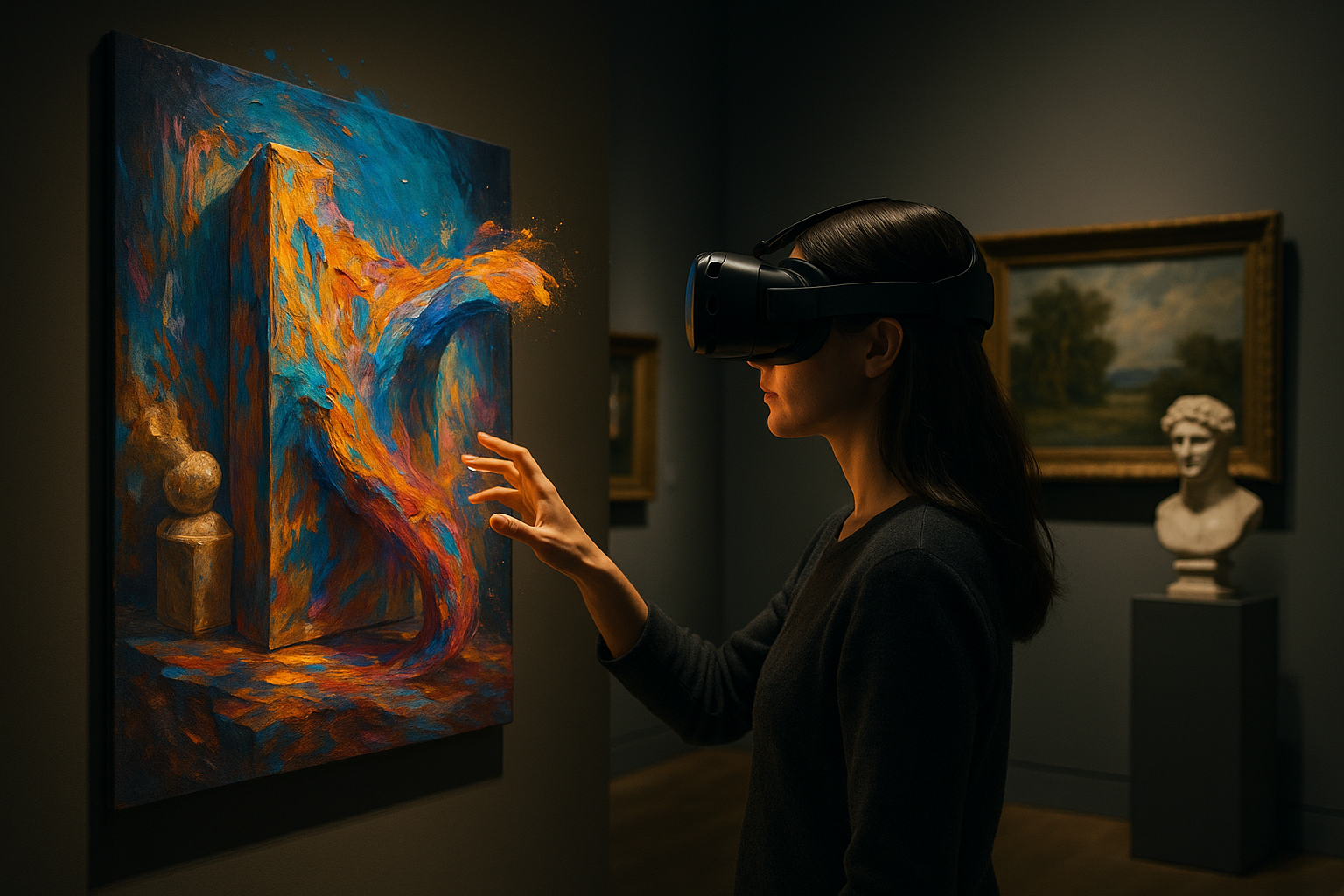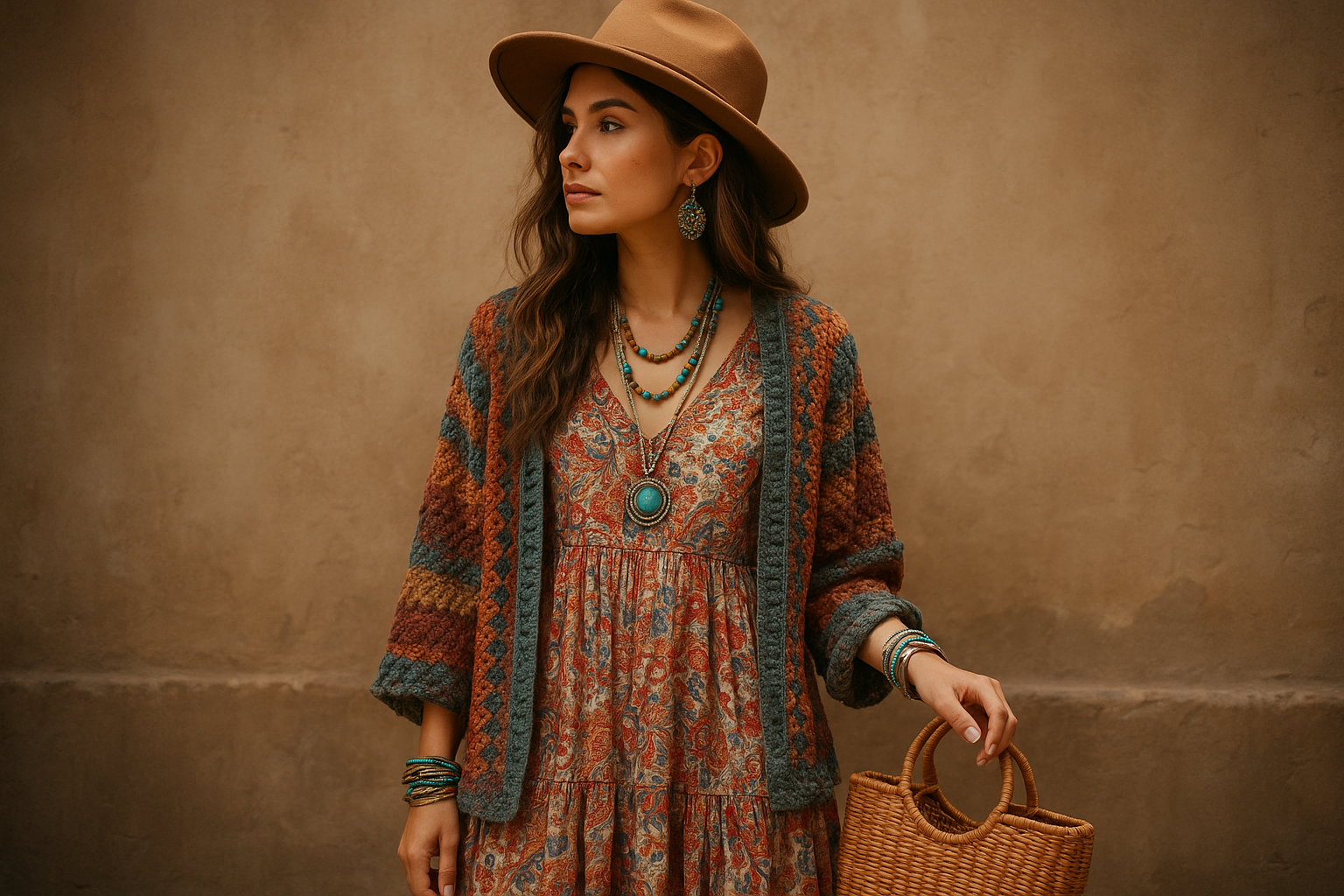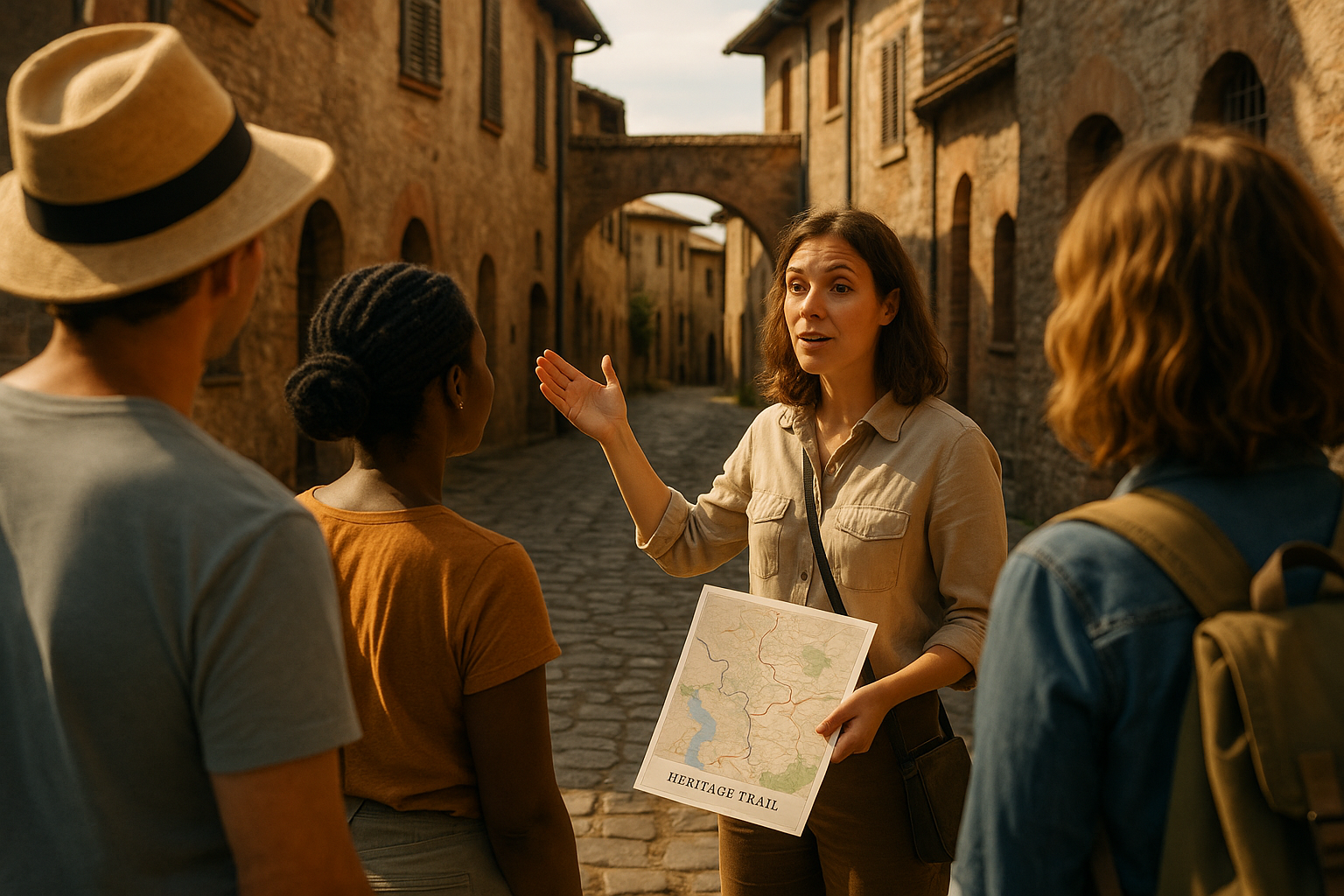Unmasking the Illusory World of Virtual Reality Art
Dive into the immersive realm of virtual reality art, a rapidly evolving form that is redefining the boundaries of creative expression. This article delves into its fascinating history, the latest developments, and the significant impact it's making on the global art scene.

The Dawn of Virtual Reality Art
Virtual reality (VR) art, a term coined in the late 1980s, refers to the creation of artworks within a simulated environment that viewers can interact with using VR equipment. It began as a bold experiment by tech-savvy artists who saw the potential of new technologies in the realm of art. From the early wireframe models to the richly textured, immersive landscapes of today, VR art has come a long way, pushing the limits of what is possible in the artistic sphere.
The Latest Developments in VR Art
Fast forward to the present day, and VR art is experiencing a surge of interest. Artists worldwide are leveraging VR to create immersive experiences that are transforming the way we perceive and interact with art. Major art institutions, including the Museum of Modern Art and the Tate Modern, have embraced VR art, hosting exhibitions and installations that allow visitors to step into an entirely new dimension of creativity.
The Impact and Reception of VR Art
The impact of VR art extends beyond the traditional art world. It’s making waves in the entertainment industry, with VR films and interactive performances gaining traction. It’s also influencing education, with schools using VR art to teach students about history and culture in a more engaging way. Critics have lauded VR art for its innovative approach, although some argue that it may detract from the traditional, tactile experience of art. Nevertheless, its reception has been largely positive, with audiences captivated by the unrivaled immersion it offers.
The Future of Virtual Reality Art
As VR technology continues to progress, so too will the art created within it. Artists are already exploring ways to combine VR with other forms of media, such as music and dance, to create multi-sensory experiences. The future of VR art holds boundless possibilities, which artists are only beginning to explore. As they continue to push the boundaries of this medium, we can anticipate an even richer, more immersive artistic landscape.
Conclusion
Virtual Reality art is not just a trend; it’s a revolutionary movement that is redefining the boundaries of artistic expression. As we continue to navigate the digital age, it offers a unique lens through which we can explore and engage with the world around us. From its humble beginnings to its current prominence and future potential, VR art is a fascinating journey into the limitless realm of human creativity.
Each step into this virtual world is not just a step forward in technological advancement but a leap into a realm of imagination and innovation. The canvas is vast, and the palette is infinite, promising a future where art is not just viewed but experienced in ways we can only begin to imagine.




